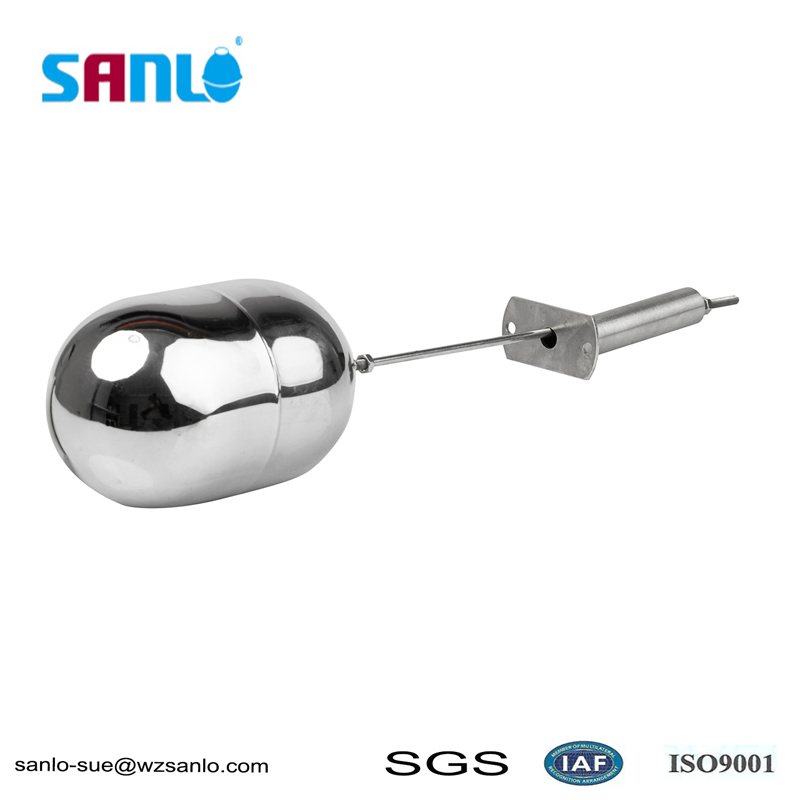What Makes Precision Float Superior to Standard Floating Point
2025-08-28
For engineers, developers, and data scientists, computational accuracy isn’t just a technical detail—it’s the foundation of reliable results. Standard floating-point arithmetic has long been a source of subtle errors in critical applications, from financial modeling to embedded systems. So what sets Precision Float apart?
Traditional floating-point formats often introduce rounding errors that accumulate over iterations, leading to unexpected outcomes. Sanlo’s Precision Float technology tackles this by offering higher bit depth, smarter rounding, and better handling of extremely large or small numbers.
Let’s look at some key technical advantages:
-
Extended dynamic range reducing overflow/underflow incidents
-
Customizable precision level up to 256 bits
-
Consistent cross-platform behavior
-
Lower error rates over long computation sequences
Here’s a comparative overview:
| Feature | Standard Floating Point | Sanlo Precision Float |
|---|---|---|
| Typical Bit Depth | 32 / 64 bits | Configurable (128-256 bits) |
| Rounding Error | Moderate to High | Negligible |
| Speed | Fast | Optimized (near-native) |
| Use Cases | General computing | Mission-critical systems |
FAQ
What industries benefit most from Precision Float
Industries like aerospace, fintech, and scientific research where minute errors can lead to significant consequences benefit greatly from Precision Float implementations.
Can Precision Float be integrated with existing systems
Yes, Sanlo provides compatible libraries that integrate smoothly with common development environments and legacy systems.
How does Precision Float impact processing speed
While slightly more demanding than standard floating point, Sanlo's optimized algorithms and hardware acceleration ensure minimal impact on runtime performance.
Upgrade your projects with the reliability of Sanlo’s Precision Float technology. Contact us today to request a technical brief or schedule a live demo with our engineering team.



